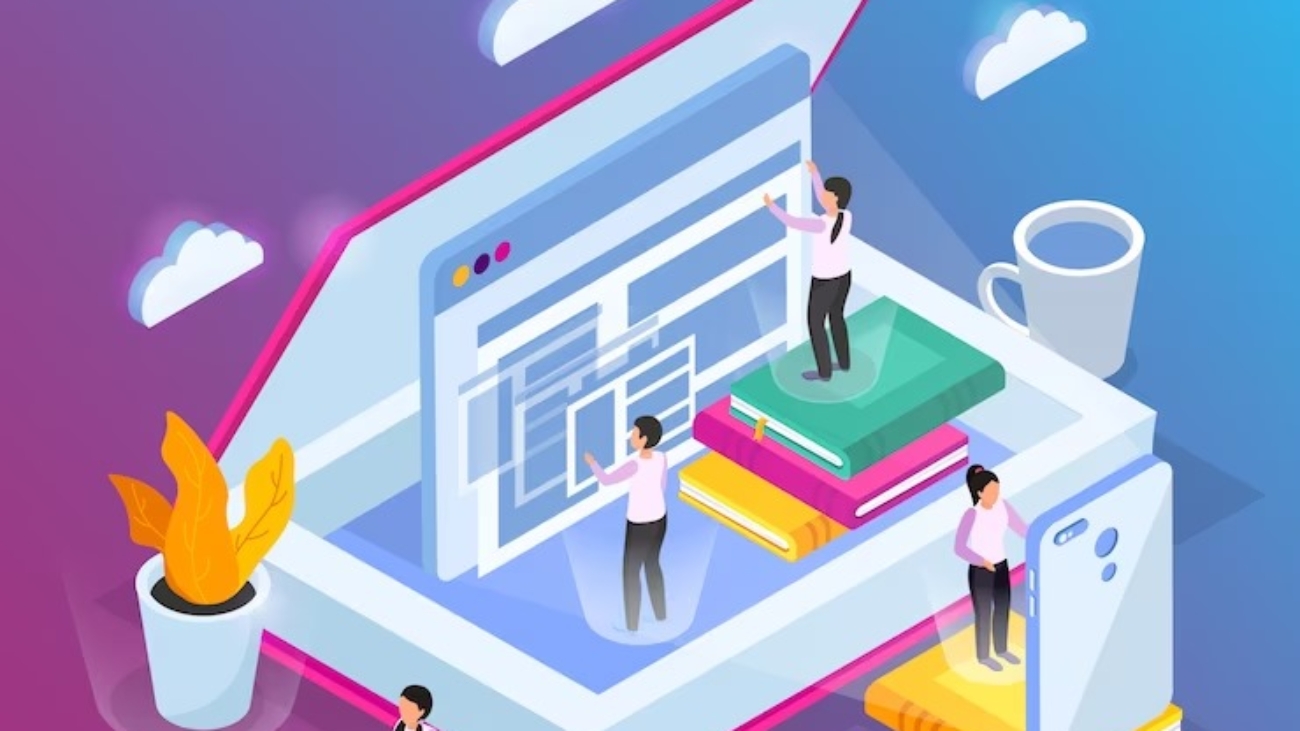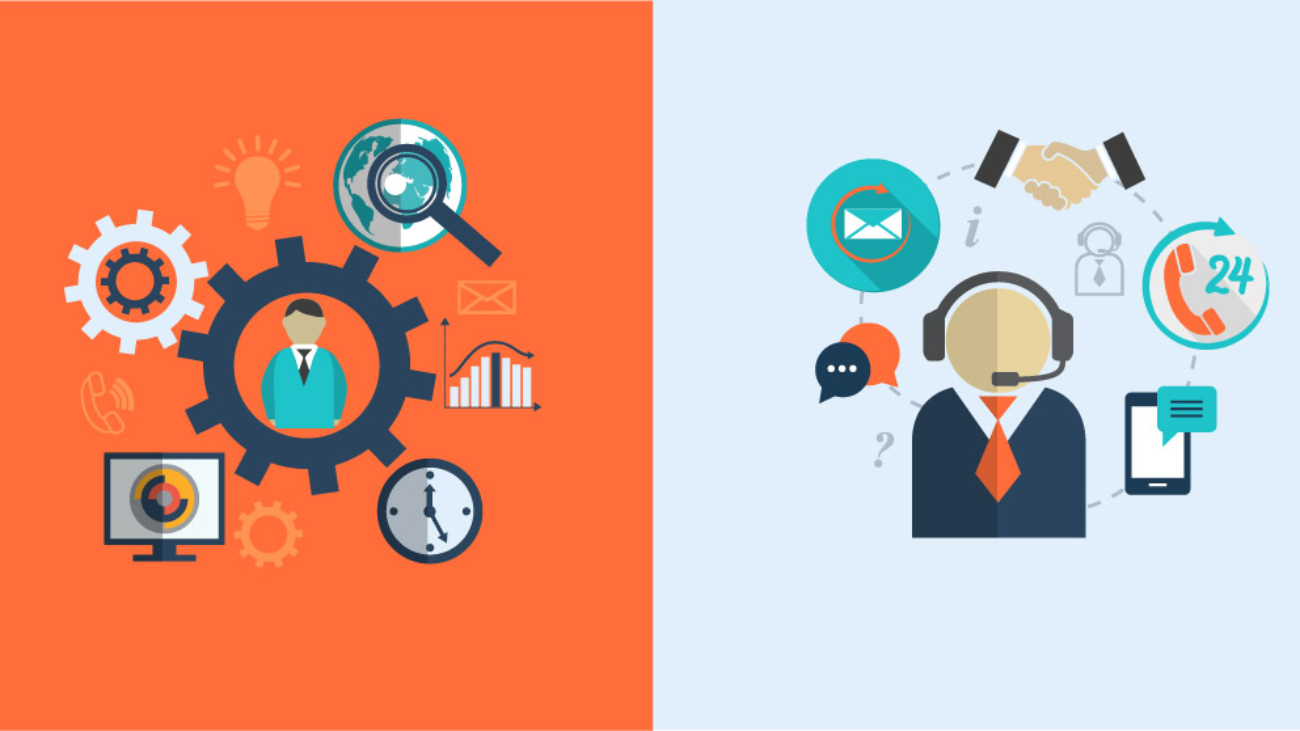As cynicism and distrust rise, faith in our collective potential to create positive change can easily falter. News cycles paint a world of division and despair, leaving many questioning humanity’s ability to navigate the storm. However, amidst the negativity lies a powerful truth: within each individual lies the capacity for positive action. This isn’t a naive call for blind optimism. It’s a call to rekindle a cornerstone belief: trusting in humanity’s inherent drive to progress and its collective power to lead its own change. Let’s move beyond headlines and rediscover the potential within each individual and the strength that emerges when we empower people to become agents of their own transformation.
From Top-Down to Bottom-Up:
For decades, the narrative of social change relied heavily on top-down solutions, where centralized authority figures dictated the path forward. While these efforts often yielded results, they lacked a crucial ingredient: agency. The ability of individuals and communities to actively participate in shaping their own future was often missing.
But a new perspective is taking root, fueled by the power of collective action and individual initiative. This bottom-up approach empowers communities to identify their needs, chart their own course, and become active participants in shaping their destinies. By trusting and empowering individuals to lead their own change, we can unlock a future where collective action is the driving force for positive transformation.
Trust: The Engine of Collective Change
Trust sits at the heart of any successful endeavor, and fostering it within and between individuals is the fuel that ignites meaningful change. When trust flourishes, collaboration thrives. Communities collaborate, resources are shared, and a shared vision propels individuals toward a common goal. This collective spirit empowers individuals to tap into their inherent strength, creating a powerful force for positive transformation.
Across the globe, countless individuals are living testaments to the power of trust and taking ownership of their own change:
- Grassroots movements: Communities, empowered by technology and social media, are mobilizing around critical issues like environmental protection, social justice, and economic empowerment.
- Social entrepreneurship: Individuals are tackling local challenges with innovative solutions, showcasing the power of ingenuity and resourcefulness.
- Peer-to-peer learning: Knowledge and skills are shared through online platforms and community initiatives, fostering a culture of collective learning and growth.
Why Trust the People?
Here’s why trusting in humanity is not a leap of faith, but a strategic choice:
- Collective Power: While individual efforts may appear insignificant when combined, they create a force for positive change. Countless grassroots movements throughout history have demonstrated the power of individuals coming together for a common cause.
- Ingenuity and Innovation: Humans are wired to solve problems. When empowered and equipped, individuals can develop innovative solutions to complex challenges, from environmental issues to social inequalities.
- Resilience and Adaptability: Throughout history, humanity has faced and overcome incredible challenges. This inherent resilience and adaptability equip us to navigate the uncertainties of the future and find creative solutions. We are more likely to take initiative and hold ourselves accountable.
- Unleashing diverse perspectives and solutions: Each individual brings unique experiences, skills, and perspectives to the table. By trusting in people’s power, we tap into a wealth of diverse solutions and innovative approaches to address complex challenges.
Embracing the “Human Factor”
Technology, innovation, and global systems are crucial for progress. However, they are merely tools. It’s the human spirit of collaboration, innovation, and resilience that breathes life into them and drives meaningful change.
Trusting in Humanity in the Modern Workplace
Contemporary workplaces face a myriad of challenges, demanding agility, resilience, and innovation from both individuals and teams. In this fast-paced environment, fostering trust in people’s power to lead their own change becomes a critical element for success. It’s not just about trusting others, but also trusting in your own potential and the potential of your team members to improve together.
This collaborative approach leads to increased engagement, stronger teams, and continuous learning and growth for both individuals and organizations. Remember, uplifting others and personal development go hand-in-hand. By sharing knowledge, offering encouragement, and embracing learning, we can create a thriving workplace where everyone can reach their full potential. This fosters not just personal and professional growth but also drives organizational success. As a leader, prioritizing trust and upliftment isn’t just the right thing to do, it’s a smart investment in your team and the future of your organization.
The Road Ahead
The road ahead shines brighter when we trust in humanity’s collective power. By empowering individuals to lead their own change, we spark a movement of sustainable transformation. Remember, the power to build a better world isn’t confined to a select few; it resides within each of us. Let’s choose trust as our compass, and together, write a future brimming with hope for ourselves and generations to come.
For any queries write to Linnet Dave, Auxano’s Director and Executive coach on linnet@auxano-consulting.com or connect with her at +919820668179 if you need to get a customized learning Intervention done for your organization.
(Written by Vineeta, Feature Image sources and credits: Pixabay)




